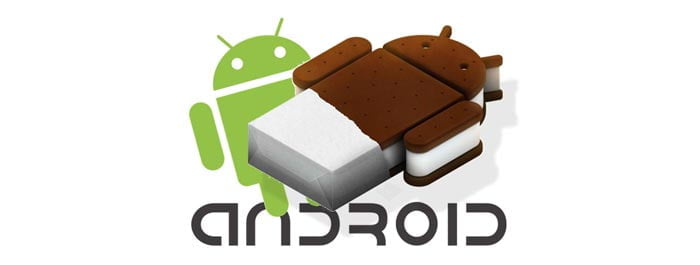Android’s greatest strength is its relentless pace of innovation and change. While that may result in an “unpolished” feel to some in comparison to Apple’s top-down iOS platform, it seems to be working for them. It also seems that users are more than pleased with the way things are going, especially after the release of Android 4.0, nicknamed “Ice Cream Sandwich”.
The latest Android release is by far the most powerful version yet. It’s also the most popular, if the reviews are any indication. With new UI features, better performance, and support for new technologies, Android 4.0 is a revelation for Android users both new and old.
UI Tweaks
The most obvious change can be found in the UI and leaps out at users when they first boot up their phone. Android 4.0 has a new, streamlined look with large, easily-readable content boxes and text that would make any masters degree candidate in human-computer interaction pleased.
It’s been compared to WP7’s Metro UI, but it’s only faintly similar. Call it a tiling window manager for Android, but with a bit more style. Ice Cream Sandwich (ICS) is also much improved with the addition of swipe-gesture navigation, common actions, virtual buttons, and a higher native screen resolution. It’s a crisp, clear mobile experience that actually bests the iOS platform aesthetically in many regards.
Performance Boosts
It’s time to address the main concern of most Android fans: performance. Ice Cream Sandwich’s performance numbers kick the proverbial snot out of past versions of Android as well as other operating systems, according to the primary benchmarks.
More importantly, the under the hood enhancements and superior hardware that all new Android handsets ship with, make multitasking and task switching far more seamless and lighting-quick. From browser speeds to application launch times, ICS tends to double the performance of Android 2.3 (Gingerbread) in a wide variety of categories. In terms of raw performance, all aspects of Android 4.0 are superior to Android 2.3.
Software Improvements
The core default applications of Android 4.0 are much improved, including the dialer, calendar, web browser, and camera. Standard applications aside, the real story with ICS is support for some upcoming technology that’s not widely used in the mainstream.
Near Field Communications support on Android 4.0 phones has been greatly improved, allowing ICS devices to transfer files and make instant payments far more quickly and reliably. Ice Cream Sandwich features NFC Beam, which allows users with ICS-enabled phones to merely touch handsets to exchange contact information, media files, and more.
ICS vs The Competition
While some may quibble with the following statement, it’s difficult to dispute considering the facts: Android 4.0 is easily the best mobile operating system on the market at the moment. It’s as polished as iOS, more user friendly than Windows Phone 7, and more flexible than both platforms combined.
Recent reports of malware on the Android platform increasing significantly in the past few months may have some people thinking twice about opting for an Android phone. However, every operating system has vulnerabilities and using common sense when browsing is an important factor when it comes to safety. If you use your head when downloading apps and sending out your personal information, then Android 4.0 is just as safe as any other mobile operating system.



